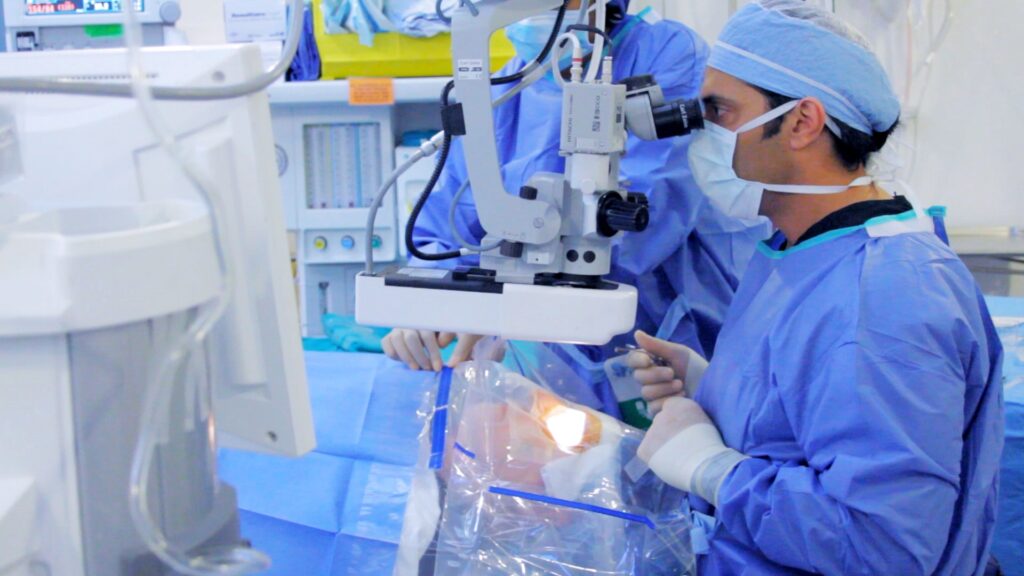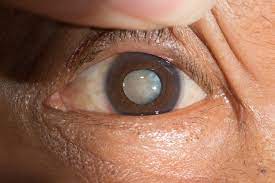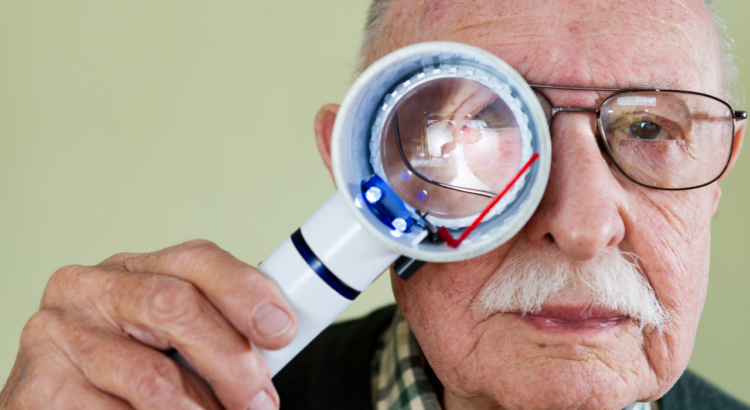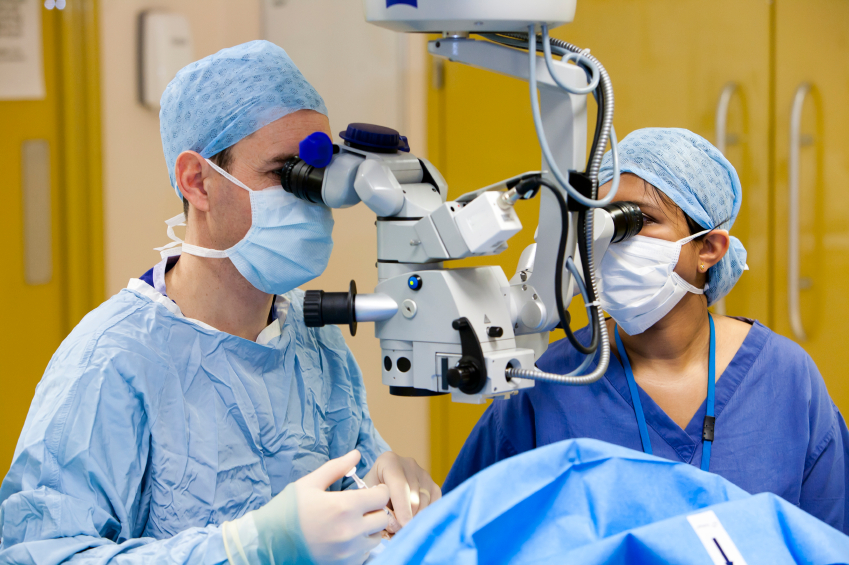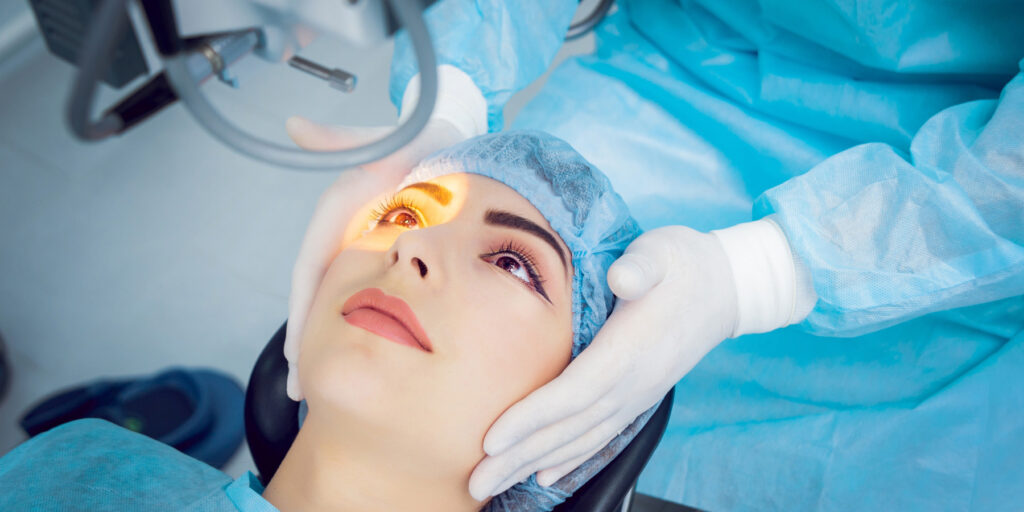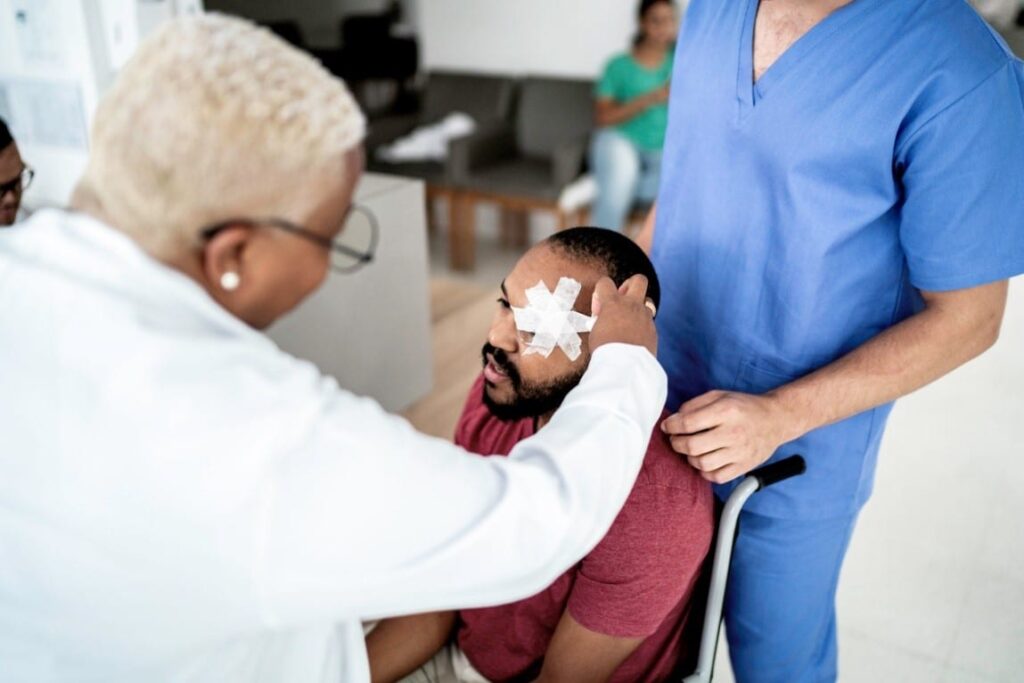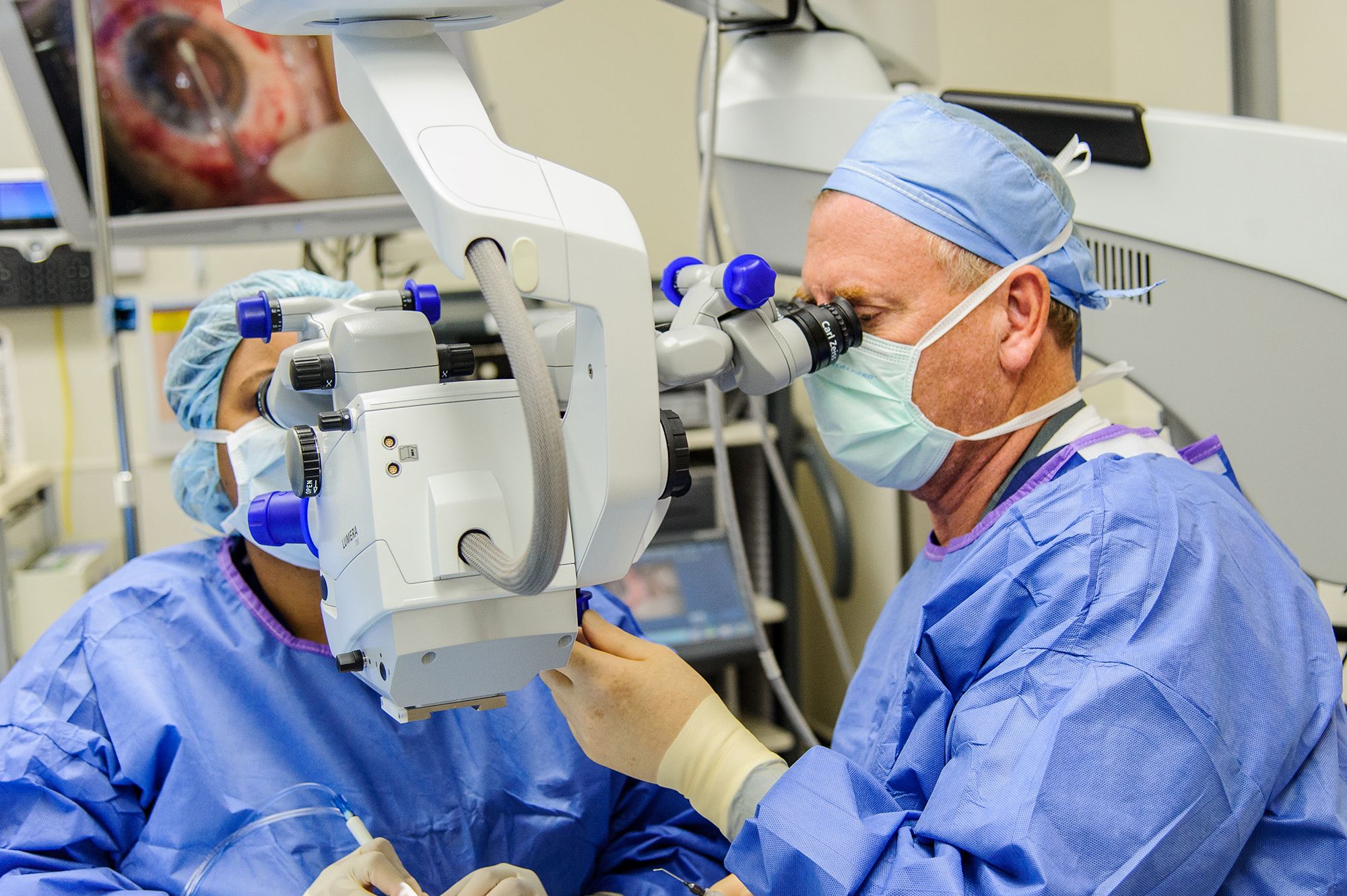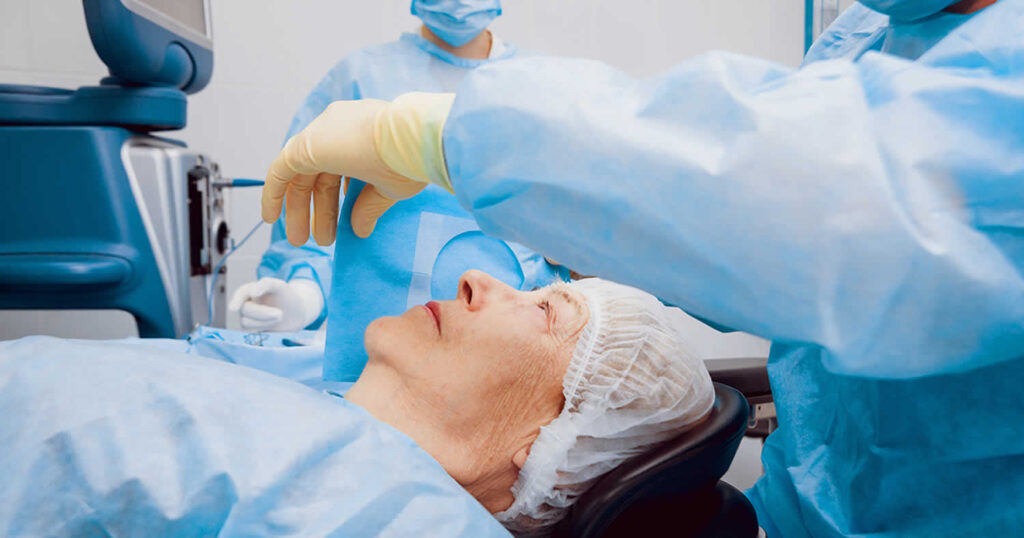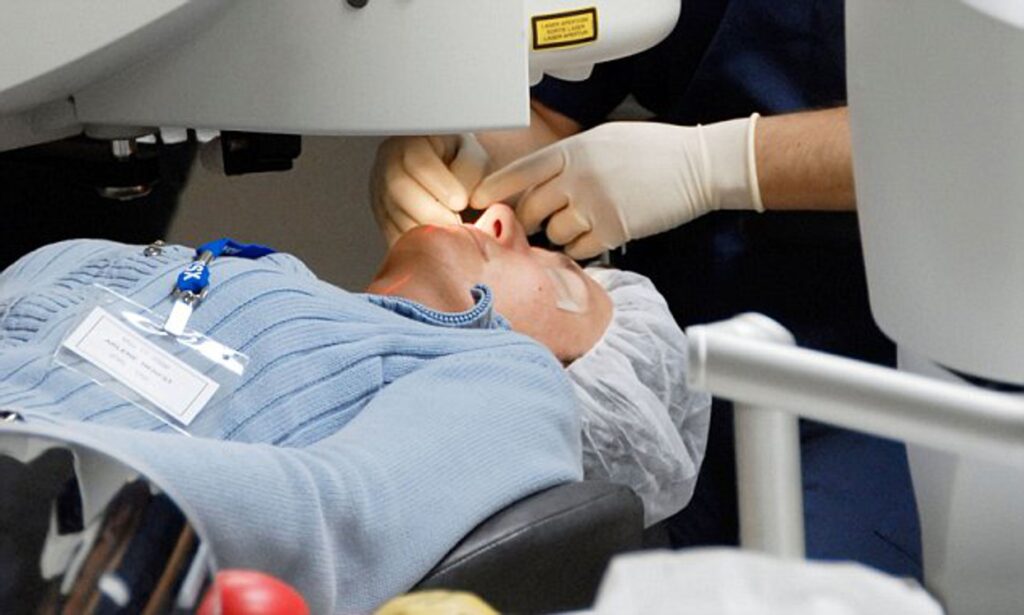LASIK eye surgery is a popular procedure that can correct various vision problems and provide long-lasting benefits. Understanding the science behind LASIK is essential to grasp the advantages it offers. This article will delve into the intricacies of LASIK eye surgery, its benefits, potential risks, and how to determine if you are a suitable candidate. Additionally, we will explore what life is like after LASIK and the necessary steps to maintain optimal vision.
Understanding LASIK Eye Surgery
LASIK stands for Laser-Assisted In Situ Keratomileusis. It is a surgery lasik procedure that aims to correct refractive errors in the eyes, such as nearsightedness (myopia), farsightedness (hyperopia), and astigmatism. The goal of LASIK is to reshape the cornea, the clear front surface of the eye, so that light properly focuses on the retina, resulting in clear vision.
LASIK utilizes advanced laser technology to precisely remove tiny portions of corneal tissue. By reshaping the cornea, LASIK corrects the imperfections that cause vision problems.
The Science Behind LASIK
To understand how LASIK works, it is important to have a basic understanding of the anatomy of the eye. The cornea, which is responsible for about two-thirds of the eye’s focusing power, plays a crucial role in vision. When the cornea is misshapen, it can cause light to focus in front of or behind the retina, resulting in blurry vision. Click here to read more about breaking down myths: addressing common misconceptions about cataract surgery.
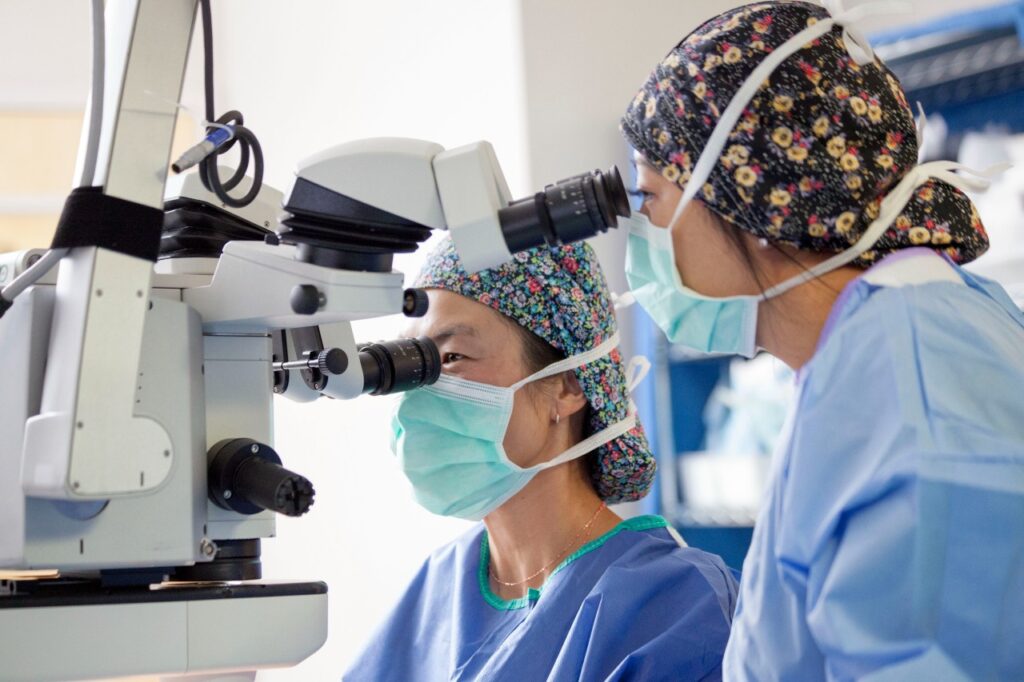
LASIK aims to correct these refractive errors by reshaping the cornea. During the procedure, a specialized tool, called a microkeratome or femtosecond laser, creates a thin flap in the cornea. This flap is then carefully lifted by the surgeon to expose the underlying tissue.
An excimer laser, which produces a cool ultraviolet light beam, is then used to remove microscopic amounts of corneal tissue. The laser’s precision allows the surgeon to reshape the cornea with incredible accuracy, correcting the imperfections that cause vision problems.
Once the corneal tissue has been reshaped, the corneal flap is carefully repositioned. This flap acts as a natural bandage, protecting the underlying tissue and aiding in the healing process.
The Procedure: Step by Step
The LASIK procedure typically involves the following steps:
- Anesthetic eye drops are administered to ensure your comfort during the surgery.
- A specialized tool, called a microkeratome or femtosecond laser, creates a thin flap in the cornea. This step is crucial in preparing the cornea for the reshaping process.
- The surgeon carefully lifts the corneal flap to expose the underlying tissue. This requires precision and expertise to ensure the safety and success of the procedure.
- An excimer laser is used to remove microscopic amounts of corneal tissue, reshaping the cornea to correct vision problems. The laser’s accuracy and speed make it a highly effective tool in achieving optimal results.
- The corneal flap is carefully repositioned, acting as a natural bandage that helps with the healing process. This step is crucial in protecting the reshaped cornea and promoting proper healing.
The entire LASIK procedure is typically completed within minutes, and most patients experience minimal discomfort throughout the process. The use of anesthetic eye drops ensures that patients remain comfortable and pain-free during the surgery.
It is important to note that LASIK is a highly individualized procedure. The specific steps and techniques used may vary depending on the patient’s unique needs and the surgeon’s expertise. Consulting with a qualified ophthalmologist is essential to determine if LASIK is the right option for you and to develop a personalized treatment plan.
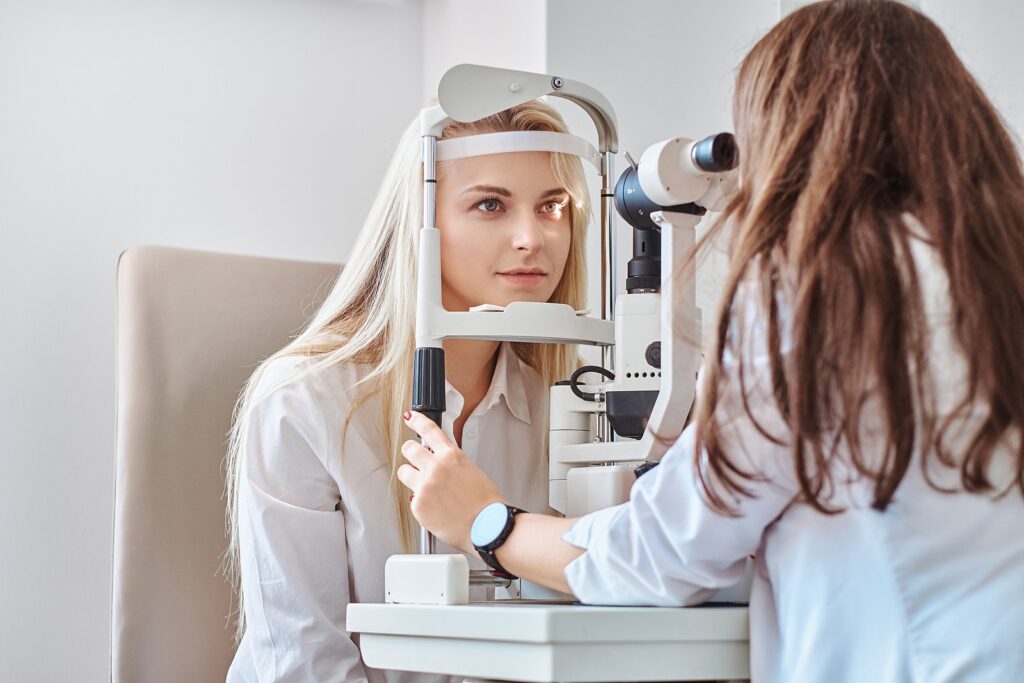
Advantages of LASIK Eye Surgery
LASIK eye surgery has become a popular choice for individuals looking to improve their vision and reduce their dependence on glasses or contact lenses. The procedure offers several advantages that make it an appealing option for many.
Improved Vision Quality
One of the primary benefits of LASIK eye surgery is the significant improvement in vision quality. Many individuals achieve 20/20 vision or better after the procedure, reducing their dependence on glasses or contact lenses.
By precisely reshaping the cornea, LASIK corrects refractive errors, leading to clearer, sharper vision. This improved vision quality enables individuals to participate in activities without the hindrance of glasses or contact lenses.
Imagine waking up in the morning and being able to see the world around you with crystal clarity. Whether it’s reading a book, driving a car, or enjoying outdoor activities, LASIK can enhance your visual experience and provide you with the freedom to live life without the constant need for corrective eyewear.
Long-Term Cost Benefits
While LASIK eye surgery requires an initial investment, it can result in substantial long-term cost benefits. Consider the expenses associated with purchasing glasses, contact lenses, cleaning solutions, and regular eye examinations throughout your lifetime. By opting for LASIK, you can potentially save money in the long run.
Furthermore, LASIK eliminates the need for constant repair or replacement of glasses and contacts. Over time, these costs can add up significantly, making LASIK a cost-effective choice for many individuals.
Not only does LASIK offer financial savings, but it also provides a sense of convenience. No more worrying about forgetting your glasses at home or dealing with the hassle of inserting and removing contact lenses. LASIK allows you to wake up each day with clear vision, ready to take on whatever the day may bring.
Quick Recovery Time
Another advantage of LASIK eye surgery is the relatively quick recovery time. Most patients experience an immediate improvement in vision and can return to their normal activities within a few days.
Following LASIK, it is essential to follow the post-surgery care instructions provided by your surgeon. This includes using prescribed eye drops, avoiding strenuous activities, and attending follow-up appointments to monitor your progress.
During the recovery period, you may experience some mild discomfort or dryness in your eyes. However, these symptoms typically subside quickly, allowing you to enjoy the benefits of LASIK without prolonged downtime.
It’s important to note that while LASIK offers a speedy recovery, each individual’s healing process may vary. Your surgeon will provide you with personalized guidance to ensure a smooth and successful recovery.
In conclusion, LASIK eye surgery provides numerous advantages, including improved vision quality, long-term cost benefits, and a quick recovery time. By opting for LASIK, you can enhance your visual experience, save money in the long run, and get back to your daily routine faster. Consult with a qualified eye surgeon to determine if LASIK is the right choice for you.
Potential Risks and Complications
Short-Term Side Effects
While LASIK eye surgery is generally safe, some individuals may experience short-term side effects. These can include dry eyes, sensitivity to light, temporary discomfort, and blurry vision. These side effects typically subside within a few days or weeks as the eyes heal.
Your surgeon will discuss these potential side effects and how to manage them during your pre-surgery consultation.
It is important to note that the occurrence and severity of short-term side effects can vary from person to person. Factors such as individual healing capabilities, pre-existing eye conditions, and adherence to post-operative care instructions can influence the duration and intensity of these side effects.
For instance, some patients may only experience mild dryness and discomfort, while others may have more pronounced symptoms. The use of lubricating eye drops and following the prescribed medication regimen can help alleviate these temporary side effects.
Additionally, sensitivity to light and blurry vision may be more noticeable during the initial healing period. It is essential to protect your eyes from bright lights and avoid activities that strain your vision, such as reading small print or using electronic devices for extended periods.
Your surgeon will provide you with detailed instructions on how to care for your eyes post-surgery, including when to use eye drops, how to clean your eyes, and when it is safe to resume normal activities.
Long-Term Risks
Although rare, there are potential long-term risks associated with LASIK eye surgery. These risks include persistent dry eyes, glare or halos around lights, night vision difficulties, and induced astigmatism.
Your surgeon will carefully evaluate your eye health and discuss the potential risks specific to your case during the pre-surgery screening process. By choosing an experienced surgeon and following their recommendations, you can minimize the chances of experiencing long-term complications.
Persistent dry eyes, although uncommon, can occur in some patients after LASIK surgery. This condition can cause discomfort, a gritty sensation, and blurred vision. It is essential to inform your surgeon if you have a history of dry eyes or any other pre-existing eye conditions, as this may influence the decision to proceed with LASIK or recommend alternative treatments.
Glare or halos around lights can also be a potential long-term side effect of LASIK. This phenomenon may affect night vision and make it challenging to see clearly in low-light conditions. It is crucial to discuss any concerns about night vision difficulties with your surgeon during the pre-surgery consultation, as they can provide guidance on managing these issues.
Induced astigmatism is another possible long-term complication of LASIK. Astigmatism is a refractive error that causes distorted or blurred vision due to irregularities in the shape of the cornea. While LASIK is designed to correct refractive errors, in rare cases, it can induce astigmatism or worsen existing astigmatism. Your surgeon will carefully assess your corneal shape and discuss the potential impact on your vision during the pre-surgery screening process.
It is important to remember that the occurrence of long-term risks is relatively rare, and the majority of LASIK patients achieve improved vision without experiencing significant complications. By selecting a reputable surgeon and following all pre and post-operative instructions, you can enhance the likelihood of a successful outcome.
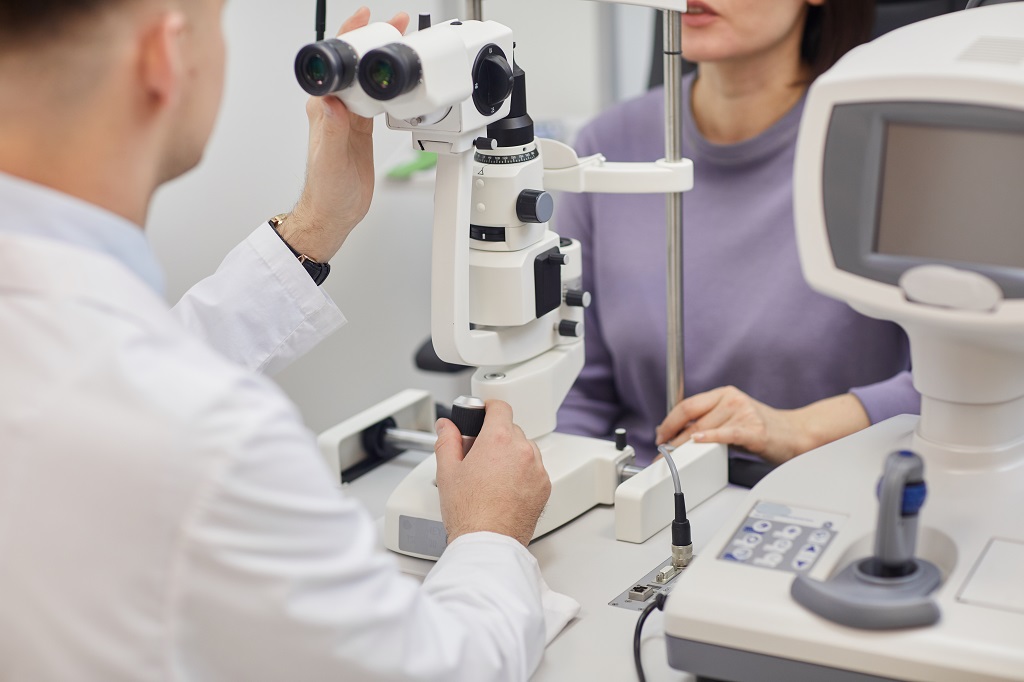
Determining If You’re a Good Candidate for LASIK
Age and Health Considerations
The ideal candidates for LASIK eye surgery are generally over the age of 18, have stable vision, and have not experienced any significant changes in their prescription within the past year. It is crucial to have realistic expectations and be in good overall health to ensure a successful LASIK experience.
Prior to the procedure, you will undergo a comprehensive eye examination to assess your eye health and suitability for LASIK. During this examination, your surgeon will consider factors such as corneal thickness, refractive error, and eye stability.
Eye Condition Requirements
LASIK is most effective in individuals who have mild to moderate refractive errors. Severe refractive errors or certain eye conditions, such as advanced cataracts or corneal diseases, may not qualify for LASIK. However, alternative vision correction options may be available in such cases.
Your surgeon will determine if you meet the necessary eye condition requirements for LASIK and recommend the most suitable treatment options for your specific situation.
Life After LASIK: What to Expect
Post-Surgery Care
Following LASIK eye surgery, it is crucial to adhere to the post-surgery care instructions provided by your surgeon. These instructions typically include:
- Using prescribed eye drops to promote healing and prevent infection.
- Avoiding strenuous activities and contact sports for a specified period.
- Wearing protective eyewear, such as sunglasses, to shield the eyes from bright sunlight and dust.
- Attending follow-up appointments to monitor your healing progress and address any concerns.
By following these guidelines, you can ensure a smooth recovery and optimize your chances of achieving the desired visual outcomes.
Long-Term Vision Maintenance
After LASIK, it is vital to prioritize your eye health to maintain the improved vision. This includes regular eye examinations, practicing good eye hygiene, and protecting your eyes from excessive UV exposure.
Your eye care provider will advise you on the necessary steps to maintain optimal eye health and vision after LASIK. By taking these precautions, you can enjoy the long-lasting benefits of LASIK for years to come.In conclusion, LASIK eye surgery is a powerful solution for correcting refractive errors and improving vision quality. With its numerous advantages, such as improved vision, long-term cost benefits, and a quick recovery time, LASIK has become a popular choice for individuals seeking freedom from glasses and contacts. However, it is crucial to understand the potential risks and complications associated with the procedure, as well as determine if you are a suitable candidate based on age, health, and eye condition requirements. Following LASIK, proper post-surgery care and long-term vision maintenance are essential for optimal results. Discuss your options with a qualified eye care professional to determine if LASIK is the right choice for you.



